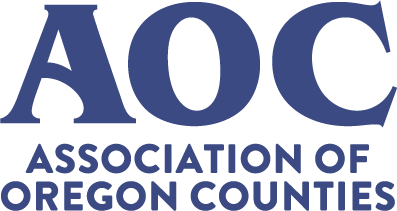In November 2017, the Oregon Board of Forestry (BOF) directed staff to evaluate whether the pursuit of a Habitat Conservation Plan (HCP) in conjunction with the issuance of incidental take permits made sense from a ‘business perspective.’ Specifically, BOF staff sought to determine whether the HCP could meet their twin goals of ensuring financial security for those that obtain revenues through harvest and providing adequate habitat for the 15 species targeted for mitigation by the department. The BOF voted to continue the HCP development process upon receiving the Business Case Analysis in 2018. As a first step, the Oregon Department of Forestry (ODF) prepared a Comparative Analysis between three different management plans: the current forest management plan, a draft revised forest management plan, and the proposed HCP. Upon reviewing the report, the BOF convened and directed staff to continue the process and requested a National Environmental Policy Act (NEPA) analysis from the federal services. The NEPA analysis was released in March of 2022.
During every stage of the HCP development, the Forest Trust Land Advisory Committee (FTLAC) received information regarding the proposed modeled average annual harvest volumes generated from the lands deeded to the state in trust for long term management and Greatest Permanent Value. Over the past seven years, trust land county commissioners became more and more concerned with the continued reduction in proposed harvest (see habitat conservation area maps). Timber harvest not only generates general operating revenues for county governments, special districts, and schools, but the industry provides family wage jobs in their communities.
Trust land counties have a 10-year average of 249 million board feet (MMBF). The harvest projections under the proposed HCP decreased from 250 MMBF to 225 MMBF. The projections dropped again to 165-180 MMBF in the Implementation Plans and most recently the December 2023 modeling projections are 161-182.5 MMBF.
Pursuant to ORS 526.156, FTLAC is allocated time on every BOF Agenda to testify on the management of their deeded trust lands. While the FTLAC chair and vice chair have always testified, in March and before the final HCP vote was to occur, all five FTLAC commissioners testified. Many counties also submitted written letters in opposition of the current plan as drafted.
Coos County Commissioner and FTLAC Chair John Sweet, discussed the disappointment counties had in not being included in putting the plan together and how the plan could have been supported by all parties impacted if changes were made. Clatsop County Commissioner Courtney Bangs discussed the fiscal impacts counties will feel as well as the impacts not harvesting will have in management practices and wildfire potential. Columbia County Commissioner Margaret Magruder discussed the financial impact the proposed HCP would have on schools, the state’s overall budget, and the operating revenues at the Department of Forestry. Linn County Commissioner Will Tucker discussed the economics locally of the plan as drafted; and Tillamook County Commissioner and FTLAC Vice Chair Erin Skaar highlighted the challenges counties will face seeking funding from the Legislature and how the BOF and ODF should view counties as partners.
The Board of Forestry ended up voting to move the HCP forward on a vote 4-3.
Contributed by: Legislative Affairs Manager Branden Pursinger

